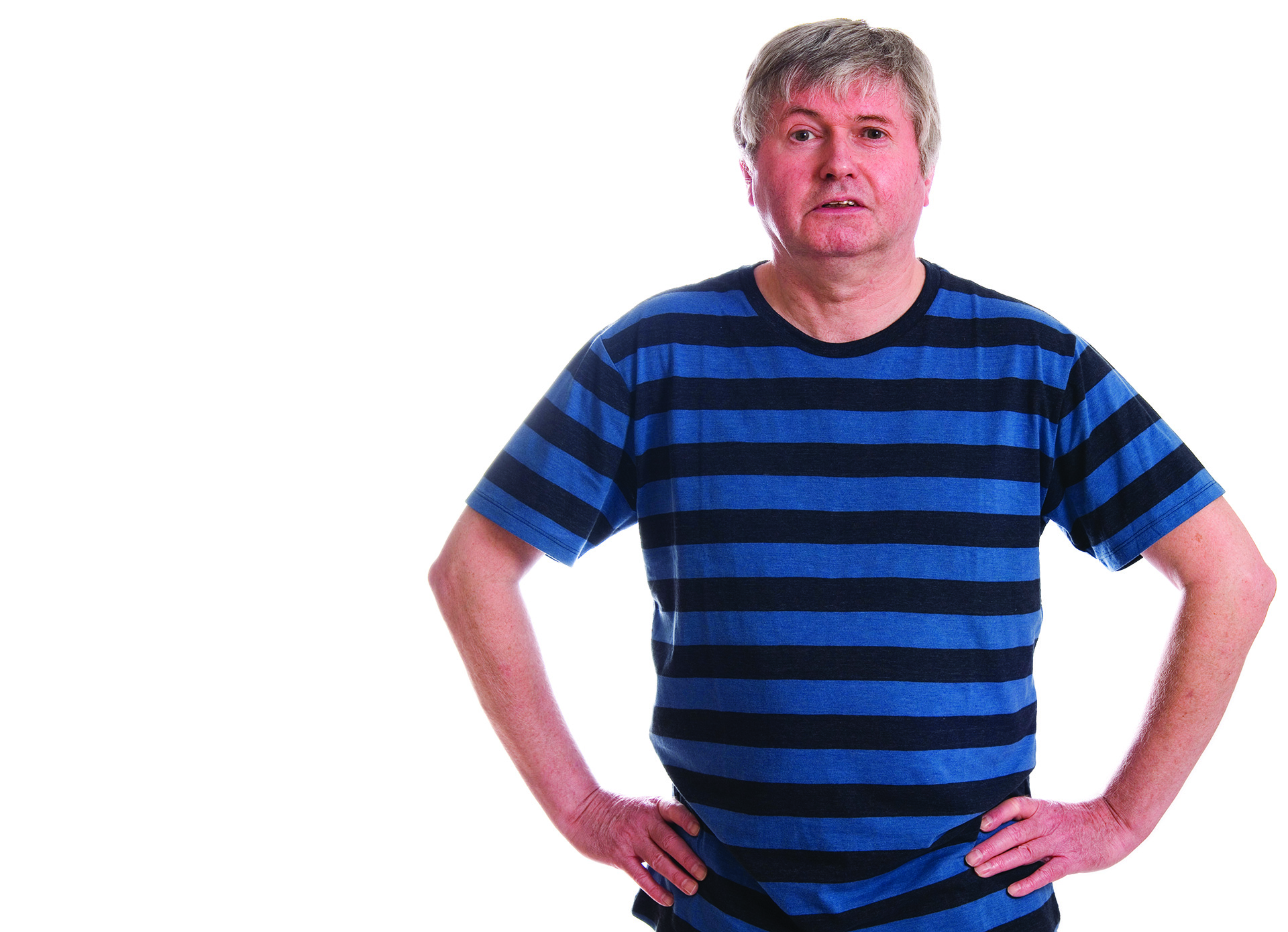Take a deep breath, although preferably not while you’re standing on an urban street, because I have some bad news to impart. Cars, vans, buses and lorries are killing us. Slowly but surely, their exhaust fumes are shaving days, weeks, months and even years off our lives.
Actually, we’ve known this for some time. Every now and then the subject of air quality has been raised in cities like Sheffield, which has one of the most heavily polluted roads in the UK, as well as Leeds and Manchester. Yet if you happened to cough while listening to the news you may have missed the story, such is the seriousness it has generally been accorded.
Nationally, the scandal of vehicle emissions has been not so much swept under the carpet as blown away by governments and civil servants, who have had a too comfortable relationship with car manufacturers and oil companies. A good example of this is the road tax incentives that UK motorists were given more than a decade ago to abandon petrol engines for what were supposed to be eco-friendly, low CO2 emission diesels. And just in case we missed the point, they brought diesels under the umbrella of green taxes.
This meant that car showrooms were full of vehicles that were zero-rated for road tax. Motorists like me could start feeling virtuous. Yes, I’m sorry to say I was one of those who swallowed the line that we could save money by paying less tax and getting more miles per gallon, and – by using less fuel – help to save the planet.
I should’ve known that “green tax” would turn out to be a marketing ruse and a classic piece of Orwellian newspeak. You know, War is Peace, Freedom is Slavery, Ignorance is Strength. If old George Orwell was alive today he would’ve added Black is Green to that list.
The blackness of diesel fumes is most apparent under microscopes. Last year, researchers in London concluded that the tiny particulate matter pumped out by diesel engines was responsible for 29,000 premature deaths in the UK each year. The minute particles present in urban air had a similar effect on health to cigarette smoke, they found, and blamed high levels of it for triggering heart attacks.
From one in ten diesel cars in 2000, there are now one in five on our roads. We have walked blindly into a situation where we have a high percentage of diesels in the transport sector, but thanks to this year’s Volkswagen “Dieselgate” revelations, in which the car manufacturer was found to be cheating in its exhaust emissions tests, the diesel issue is finally being addressed. Leeds is one of six cities in which diesel cars may face city centre access restrictions under new government proposals.
But what about taxis and buses, most of which run on diesel? They hog the streets of Leeds, Manchester, Sheffield and Liverpool every time I’m there. Anyone spending a couple of minutes on a street accessible only by these vehicles knows how much pollution they create. Park and ride schemes are the answer now favoured by Leeds and York, but sadly these service buses still run on diesel. Isn’t it time to plan for all-electric trams and buses, and require urban taxis to be electric too?
Roger Ratcliffe has worked as an investigative journalist with the Sunday Times Insight team and is the author of guidebooks to Leeds and Bradford. Follow him on Twitter
@Ratcliffe



Leave a reply
Your email address will not be published.